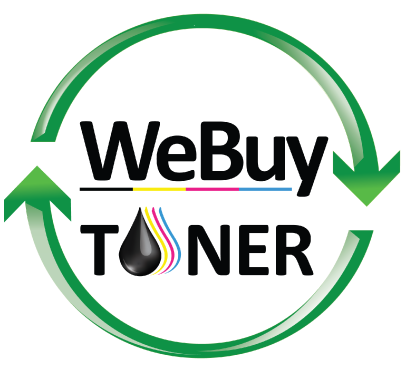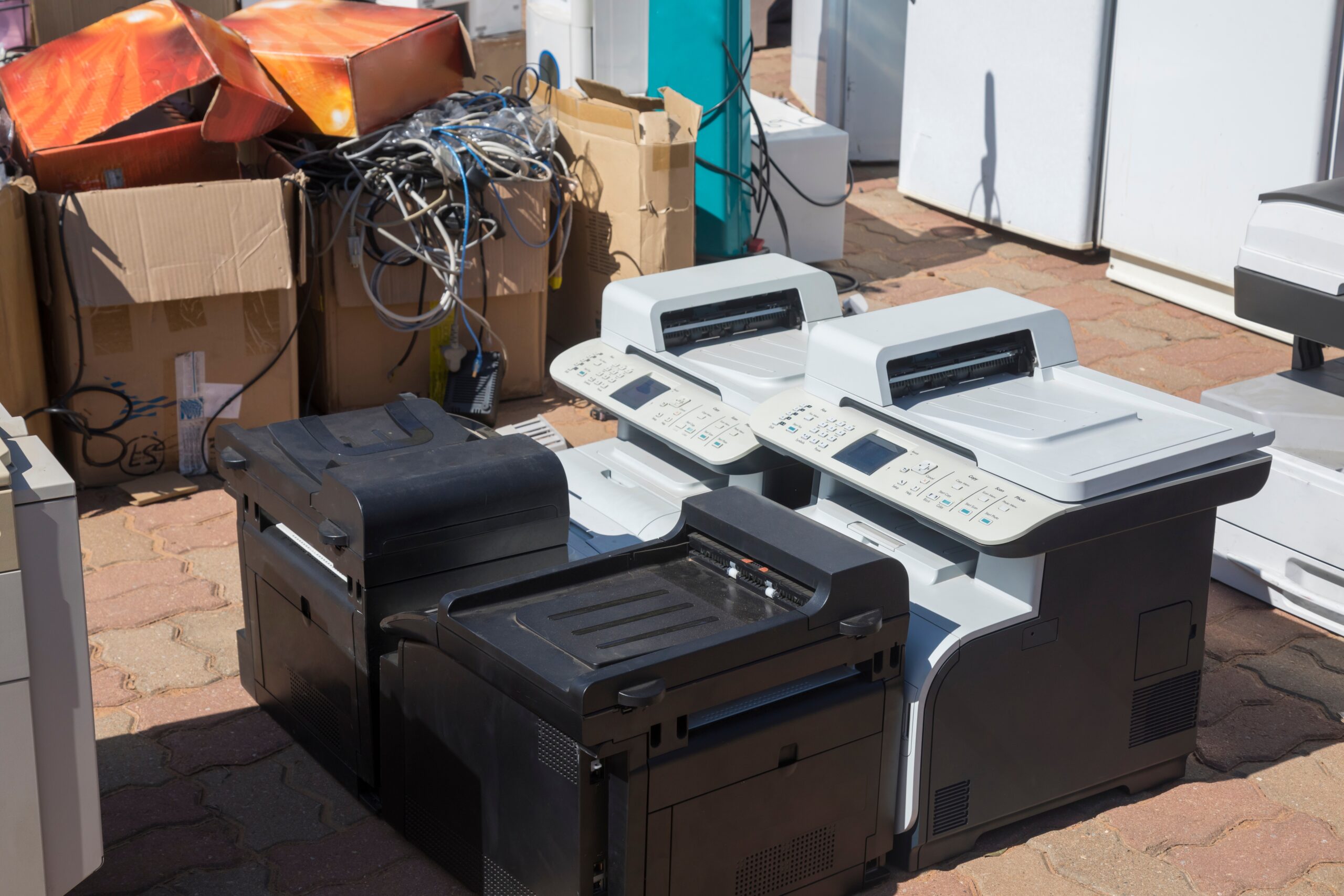Many offices still find it challenging to go completely paperless even with all of the technology available to them. The use of printers and ink cartridges can have a negative effect on the environment. However, there are steps you can take to minimize the environmental impact of printing. Let’s explore this further.
Environmental Impact of Printing
In the printing industry, the manufacturing of printing components has a negative impact on the environment. Most components like printer parts, cartridges, and ink components are made of plastic, which is difficult to degrade.
Proper e-waste disposal is crucial. If printer components containing toxic materials are placed in landfills, they can leach into the soil and cause harm. For instance, circuit boards and other printer components may contain hazardous metals like mercury.
Paper waste is also a significant contributor to waste and pollution. Numerous trees are cut down to meet the paper demands of schools and offices. Unfortunately, much of the paper ends up in landfills. Excessive deforestation not only damages the environment but also disrupts the natural recovery source—trees themselves.
How Producing Paper Impacts the Environment
The paper industry requires up to 3.5 gallons of water to produce a single sheet of paper depending on the mill* .
Considering the amount of paper used in printer operations, this water consumption is substantial. Furthermore, producing 2.2 pounds of paper requires 2 to 3 times its weight in trees.
Producing a single sheet of paper can consume between 0.5 and 3.5 gallons of water, depending on the mill. The environmental effects of paper production include:
- Deforestation
- Use vast amounts of energy and water
- Air pollution and waste issues
Recycling paper can help reduce the need for trees, oil, landfill space, and energy consumption.
Environmental Impact of the Ink and Toner
The chemicals in petroleum-based printer ink and plastic casings are non-biodegradable and can harm the environment. With over one billion ink cartridges sold each year, the pollution can be significant if these cartridges end up in landfills or the ocean.
Over time, heavy metals and volatile organic compounds from printer ink can contaminate soil and water. Additionally, the plastic packaging of ink and toner cartridges contributes to environmental pollution.
To reduce the environmental impact of ink and toner:
- Recycle cartridges
- Use ink and toner cartridges from recycled materials
- Sell unused cartridges to buyback companies like WeBuyToner
Disposal of Printers in Landfills
E-waste from electronic devices like printers is a major contaminant in landfills. The components of such waste often contain toxic materials that can seep into the soil over time.
Before disposing of printers, it’s important to separate the pieces. Remove any SD cards, removable memory, or other add-ons from the printer which can be used in other electronics. Remember to remove the ink cartridges for separate recycling. Disconnect USB, power cords, and other cables, and separate them based on usefulness and recyclability.
Take the printer to an e-waste recycling center, where they will properly handle the disposal. If the old printer is functional, including the power cable to enable buyback companies to refurbish it.
Electronic recycling companies, like Reboot Electronic Recycling, disassemble printers, clean the parts to remove accumulated ink or corrosion, separate recyclable plastic and metals, and safely dispose of the remaining materials. Depending on the options available, you may even earn some extra cash.
How to Reduce Printing Contamination
To minimize the environmental impact of printing, consider the following practices:
Reduce paper usage. Only print what is necessary and think twice before sending a document to the printer. Opt for digital options whenever possible. Use concise formatting to fit content on fewer sheets of paper.
Double-sided printing. Utilize the double-sided printing option to save on paper. This helps reduce paper waste and overall consumption.
Leverage document management systems (DMS). Centralize document storage on the cloud or on-premise to reduce the need for paper copies. A DMS enables easy access, management, and sharing of crucial documents electronically.
Optimize ink cartridge usage. Use ink cartridges fully before replacing them, even if the printer indicates “low ink.” Ensure that you also use all the ink cartridges. It is a bad idea to let the ink cartridges bought as stock sit in storage and throw it away. If you have unused surplus ink cartridges, it’s best to recycle the ink cartridges by selling them to buyback companies, like WeBuyToner.
Take Care of the Environment with Proper E-Waste Disposal
Whether you want to replace your printer or the old one no longer works, don’t simply throw the device into the trash because you no longer need it. Buyback companies like WeBuyToner can purchase these ink cartridges and give them a second life. Get in touch with us to learn more and reduce your e-waste impact.
*Source: https://www.theworldcounts.com/challenges/consumption/other-products/environmental-impact-of-paper

 Blog
Blog
